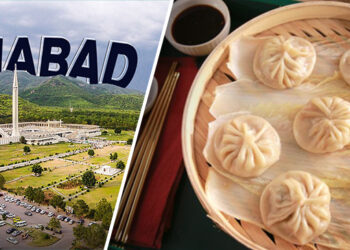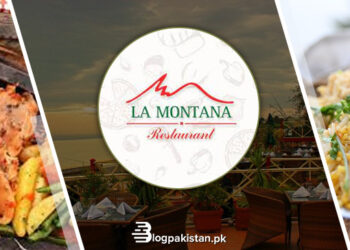Biryani, a cherished culinary delight in Pakistan and India, has transcended borders to become a globally adored dish.
Yet, the question lingers: Where did this aromatic masterpiece originate?
Many historians suggest that biryani has its roots in Persia and was introduced to India by the Mughals during the 15th century.
Indian culinary history reveals that the Mughals played a significant role in shaping the country’s cuisine, known for their rich and flavorful dishes.
The modern biryani flourished in the Mughal royal kitchens, evolving into the dish we know today.
Legends abound regarding its creation, with one story attributing it to Mumtaz Mahal, the wife of Shah Jahan, who sought to provide nourishing meals for undernourished Mughal soldiers.
This led to the concoction of a delectable blend of meat, rice, spices, and saffron, cooked over wood fires.
Another tale credits the Turk-Mongol conqueror, Taimur, with bringing biryani to India in 1398. Even the Nizams of Hyderabad and the Nawabs of Lucknow were known for their fondness for this delicacy.
Traditionally, biryani was prepared over charcoal in earthen pots, each region adding its unique twist to the dish.
People Also Read:
15 Spots for Eating The Best Biryani in Karachi: Address & Contact Info
A Persian Twist?
Interestingly, the term “biryani” has Persian origins, derived from “birinj biriyan,” meaning fried rice. In Iran, the cooking process involves slow-cooking marinated meat with layered rice and aromatic ingredients.
However, contemporary Iranian street biryani has taken a different route, featuring succulent meat chunks enveloped in rumali roti.
Contrary to popular belief, there’s no concrete evidence that biryani was introduced to India solely by the Mughals.
It’s more likely that it journeyed with pilgrims and noble soldier-statesmen to the Deccan region in South India. Over time, it adapted to various regional tastes along the less-traveled roads of the country.
Similar “Biryani Like” Dishes
While the Mughals are often credited with elevating cooking to an art form in India and introducing biryani, historical records hint at similar rice dishes predating their arrival.
For instance, there’s mention of “Oon Soru,” a rice dish in Tamil dating back to 2 A.D., comprising rice, ghee, meat, and spices, designed to nourish warriors.
Renowned traveler and historian Al-Biruni also documented rice dishes at the courts of Indian rulers before the Mughals, bearing striking resemblances to Mughal biryani.
Nevertheless, it’s undeniable that Persian influence played a significant role in popularizing the dish.
As time progressed, biryani continued to evolve into regional variations. The Calcutta biryani emerged when the British exiled Nawab Wajid Ali Shah to Kolkata, while the Nizams in Northern India encouraged local biryani styles like the Hyderabadi and Arcot Nawab biryanis.
People Also Read:
Did You Know? 1 Beef Burger Requires 2400 Gallons of Water to Make
Today, biryani is a beloved and widely enjoyed dish, reflecting local traditions and preferences. It has evolved from a regal delicacy into a common and popular meal, embracing the diversity of India’s culinary landscape.
Want to know the best biryani spots in Islamabad, Lahore, and Karachi? Visit BlogPakistan.















